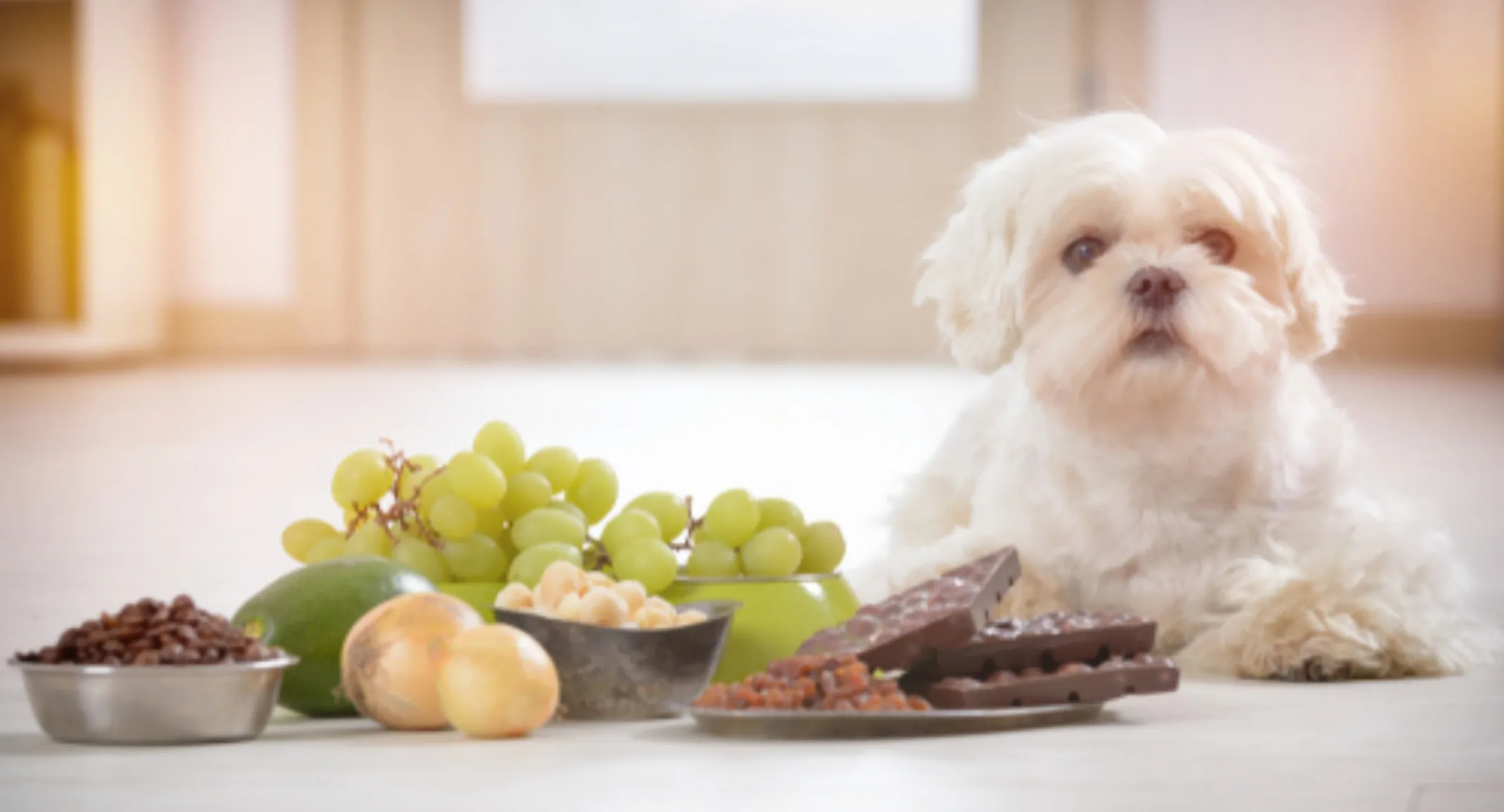Pet Poison Prevention Do’s and Don’ts
For Pet Owners

As spring arrives, many people are deep cleaning, planting gardens, and whipping up new recipes. Coinciding with these seasonal activities, is March, which is National Pet Poison Prevention Month. As you’re stocking up on cleaning products, fertilizers, and baking supplies, learn about the most common pet toxins in your home, yard, and garage. To help keep your four-legged friend safe from poisonous items, our Dove Mountain Veterinary team put together a pet-toxic substance do’s and don’ts list.
DO pet-proof your home
Pets are incredibly talented at getting into mischief, whether they are prying open the trash can’s lid, sneaking into your not-so-hidden junk food stash, or slinking into the bathroom to drink the cold water from the porcelain throne. To keep your furry pal out of trouble, walk through your home, check for dangers, and rectify all unsafe situations. Prevent your pet from encountering these common household hazards:
Electrical cords
Medications
Toxic foods
Poisonous plants
Lawn, garden, and cleaning chemicals
Home improvement and arts and crafts supplies
Small toys
Rodenticides and pesticides
Although pets do not have humans’ advantageous opposable thumbs, preventing them from opening containers, protect your furry pal as you would a curious toddler, and lock up anything that can be a danger. Store medications, foods, and chemicals in child-locked cabinets or on high shelves out of your pet’s reach. However, keep in mind your pet’s climbing and jumping abilities to reach something really tempting, such as your snack basket atop the refrigerator. When in doubt, put items behind a closed door your pet cannot open.
If your four-legged friend follows you into your garage or uses the yard as their bathroom, you must take extra precautions to ensure their safety. When using garden products, follow fertilizers’ and herbicides’ packaging warnings, and keep your pet off treated areas until the product has fully dried. Prevent your furry pal from accessing tasty organic fertilizer made from bone or blood meal, and avoid using cocoa bean mulch. Rather than using rodenticides to manage a rodent problem, use traps or alternative methods, because if your pet ingests these poisons, your veterinarian will have a much more difficult time treating your furry pal, and their condition can quickly prove fatal.
DON’T give your pet medication without a veterinary prescription
When your four-legged friend suddenly begins limping along, you may be tempted to give them one of your prescription pain pills or an over-the-counter (OTC) pain reliever (e.g., Tylenol). However, dogs and cats require vastly different doses than people, and may be unable to metabolize common medications intended for humans. Cats, for example, are extremely sensitive to acetaminophen, the ingredient in Tylenol. A tiny amount is enough to damage their red blood cells and liver, which can lead to their death.
Never give your pet any of your prescription or OTC medications. In addition, to prevent your pet from overdosing, follow their prescription label’s instructions closely, and securely place all medications, including heartworm, flea, and tick prevention, in an inaccessible cabinet. Flavored preventives and other drugs may tempt your pets to eat their entire supply in one sitting, so keep these products safely stored away.
DO share safe foods with your pet
If you want to share a safe snack with your four-legged friend, offer them green beans, baby carrots, bananas, berries, or a small piece of cheese. However, keep in mind that not all foods are pet-friendly, and some of your favorites can be downright deadly to your furry pal. If you’re snacking on chocolate-covered macadamia nuts, or a trail mix loaded with dark chocolate and raisins, do not share these with your pet. To prevent your pet for experiencing a potentially life-threatening situation, ensure they do not have access to the following foods:
Chocolate
Xylitol
Grapes, raisins, and currants
Macadamia nuts
Yeast dough
Alcohol
Onions, garlic, leeks, and chives
Avocados
DON’T bring plants and flowers into your home unless they are safe for pets
Many popular blooms are toxic to pets, whether they ingest the petals, leaves, or stems, so check for toxicity potential before bringing plants into your home or your yard. Pets can become ill if they chew or ingest these toxic plants:
Amaryllis
Autumn crocus
Azalea
Chrysanthemum
Cyclamen
Daffodil
Hosta
Hydrangea
Kalanchoe
Lily
Oleander
Pothos
Rhododendron
Sago palm
Tulip
DO call animal poison control first if your pet has ingested a toxin
Your first instinct may be to make your pet vomit if they ingest a potential toxin. However, inducing vomiting can cause more damage, so always contact animal poison control first to determine your next step. Once you have resolved that your pet needs immediate veterinary treatment, contact our Dove Mountain Veterinary team.
Keeping your pet safe from potential poisons in your home, yard, and garage can be a full-time job if your furry pal has a nose for mischief. Remember these pet toxin do’s and don’ts to help ensure your pet stays out of trouble. However, we understand that pets can be incredibly tenacious when they are tempted and can access the most securely stored toxin. If you know your pet has ingested a toxin or suspect they may have, contact animal poison control. If your pet needs immediate veterinary treatment, contact our Dove Mountain Veterinary team to let us know you are on your way.
